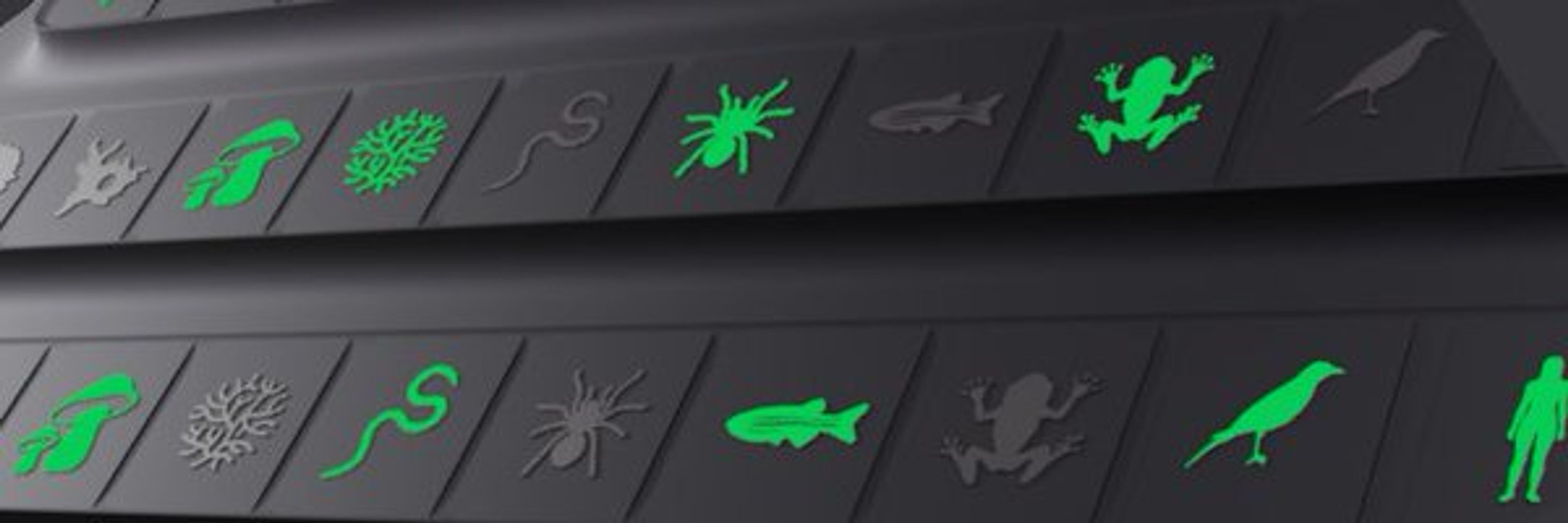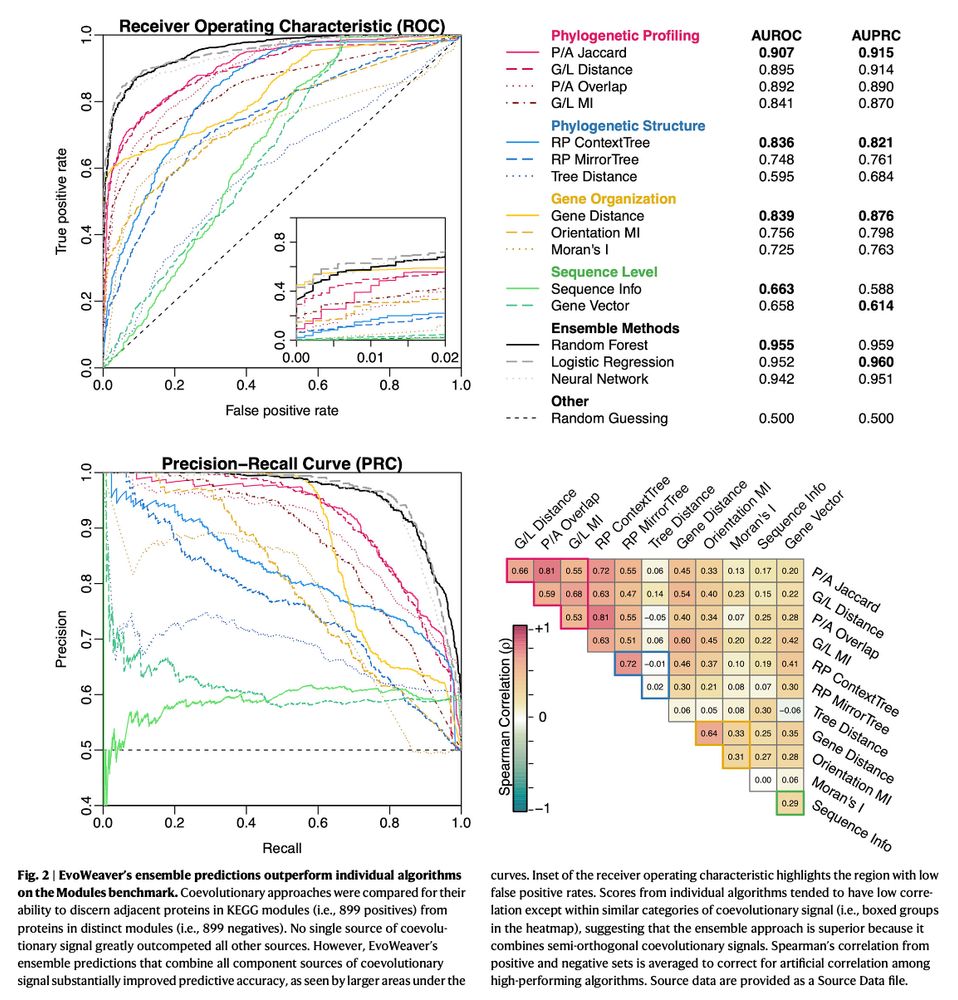
Riccardo Percudani
@percud.bsky.social
79 followers
130 following
600 posts
Father of Eva and Adele, husband of Ariane. Teacher and researcher at the University of Parma (Italy): biochemistry & bioinformatics, metabolic pathways, coevolution.
Posts
Media
Videos
Starter Packs
Reposted by Riccardo Percudani
Riccardo Percudani
@percud.bsky.social
· May 17

Predicting Protein Function in the AI and Big Data Era
It is an exciting time for researchers working to link proteins to their functions. Most techniques for extracting functional information from genomic sequences were developed several years ago, with ...
pubs.acs.org
Reposted by Riccardo Percudani



























